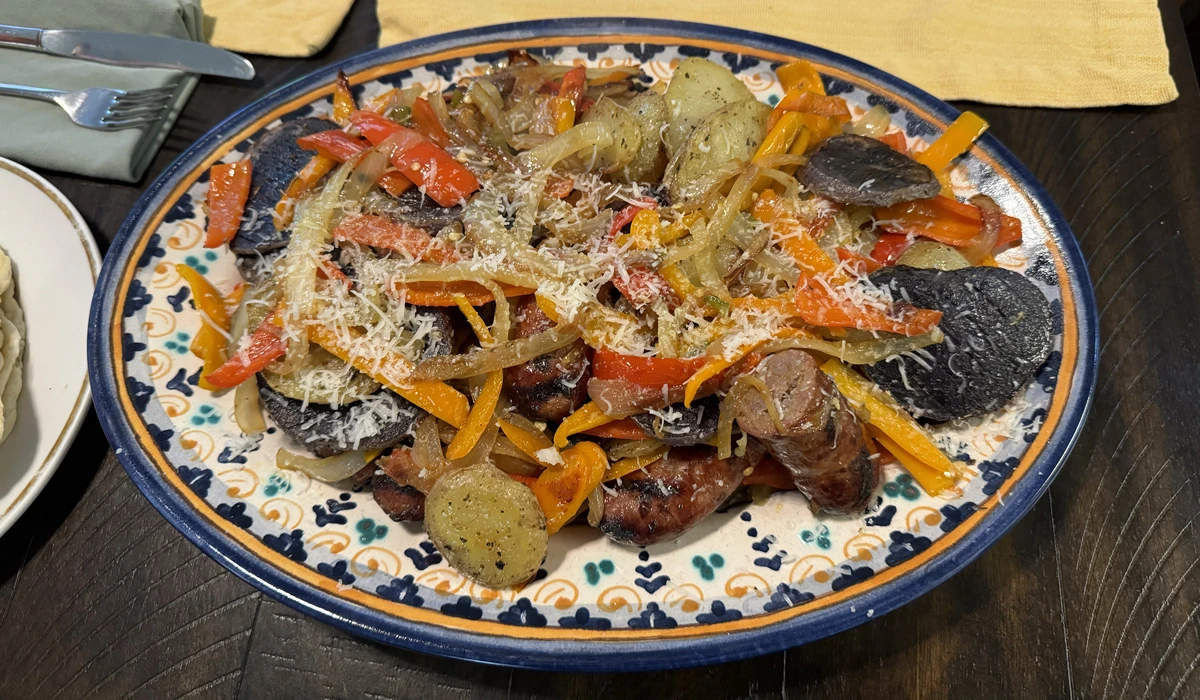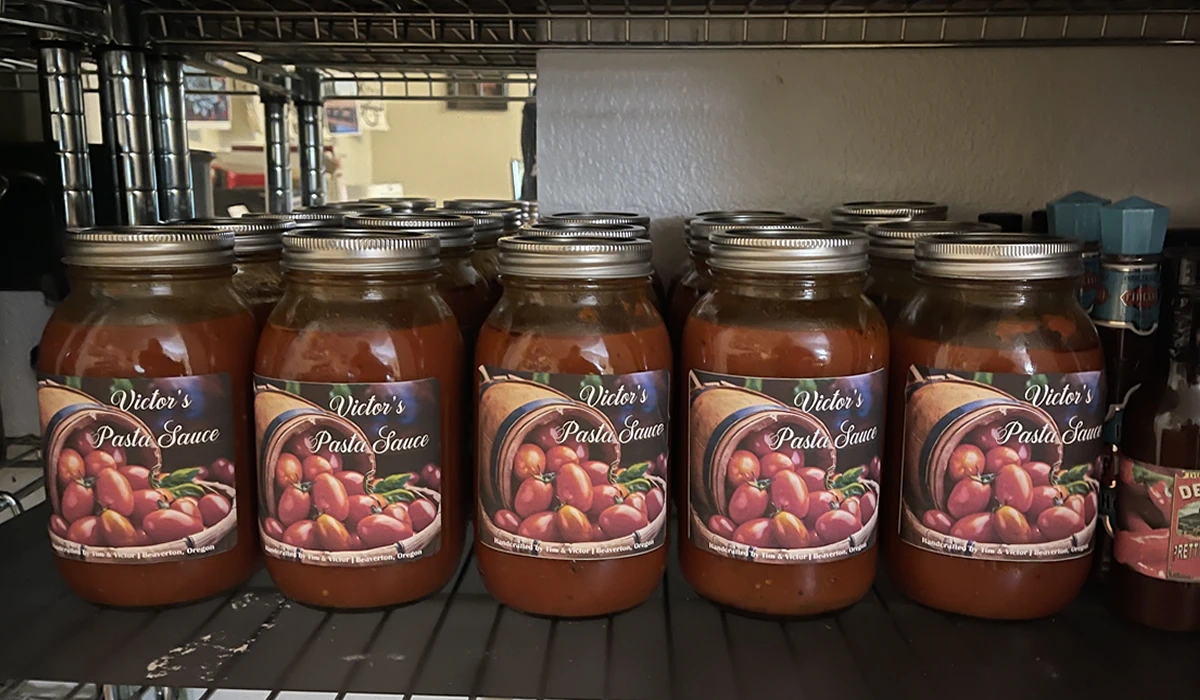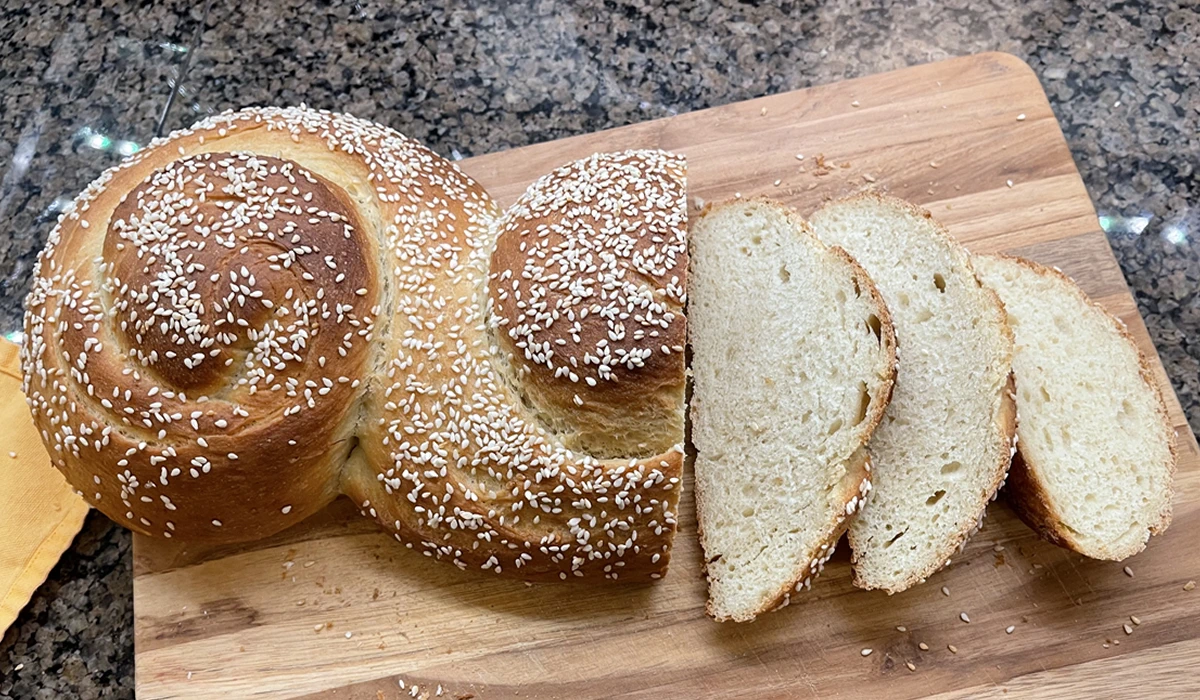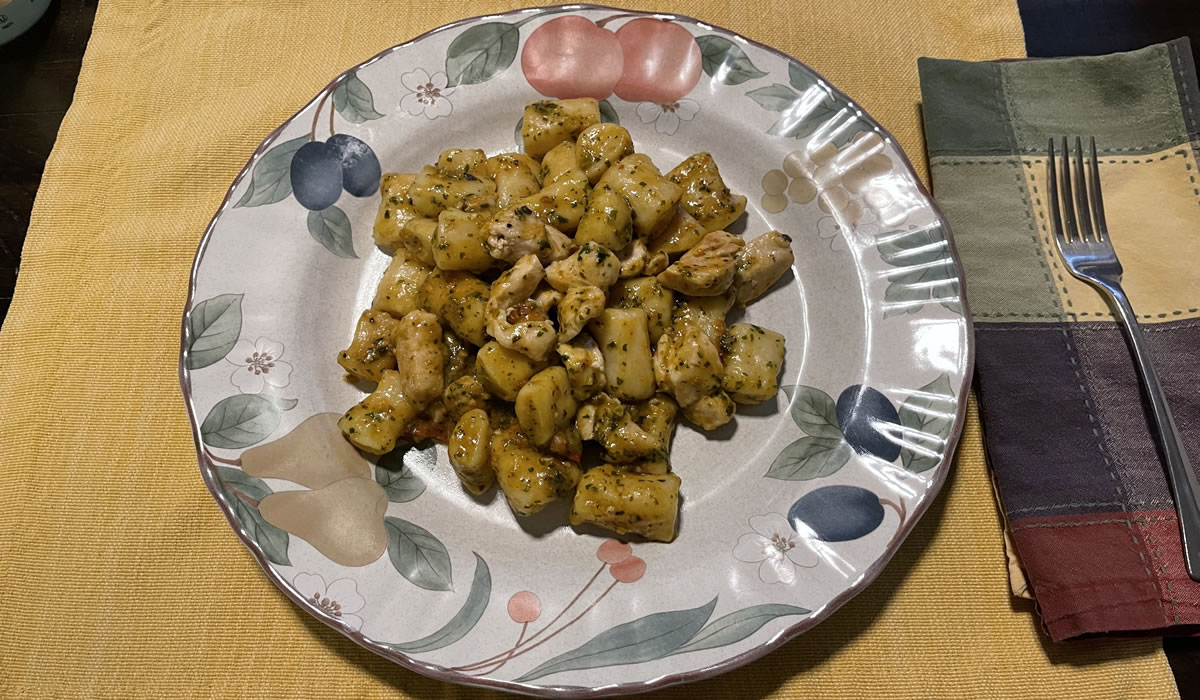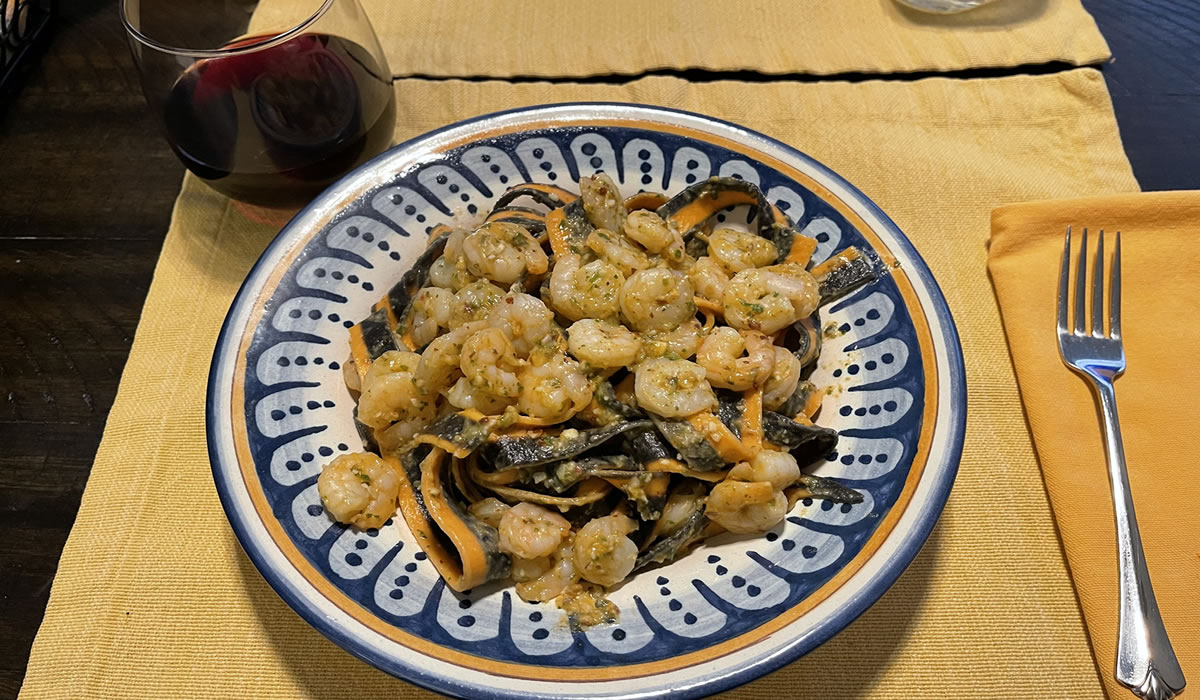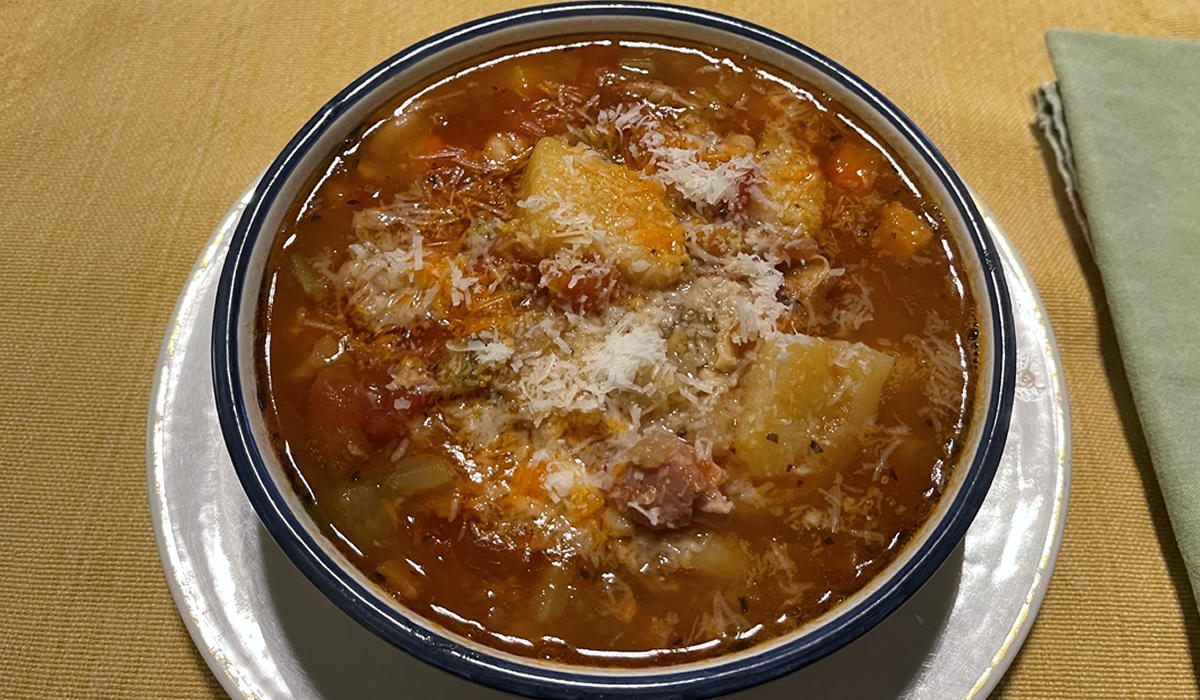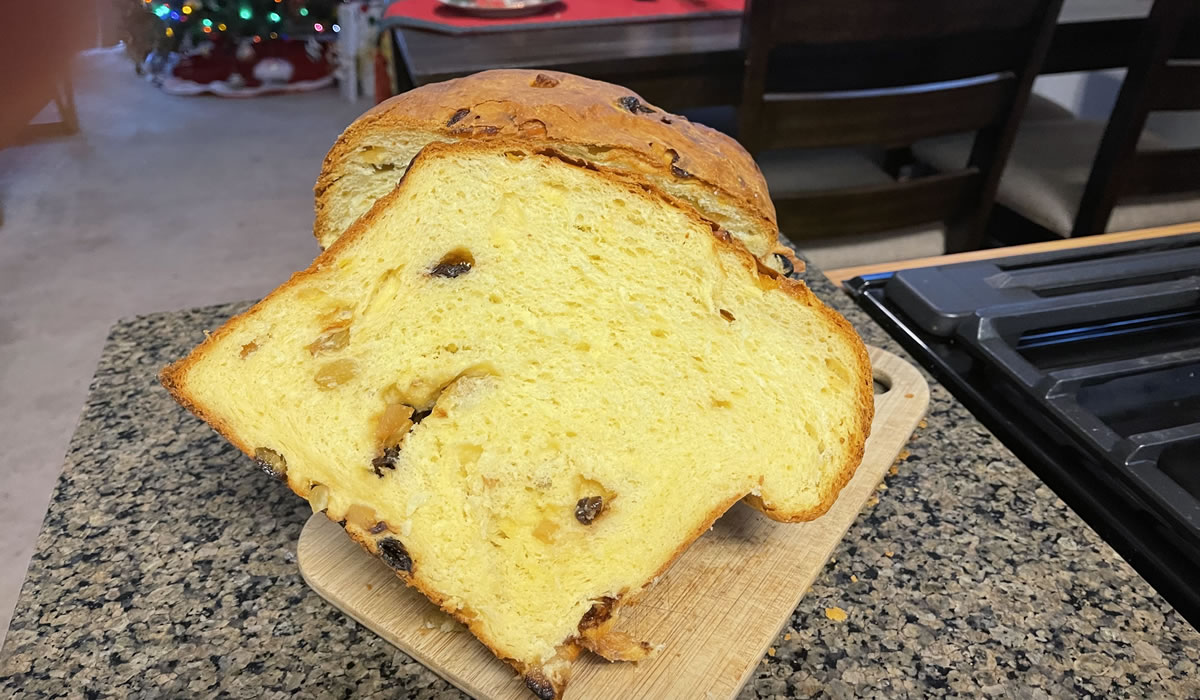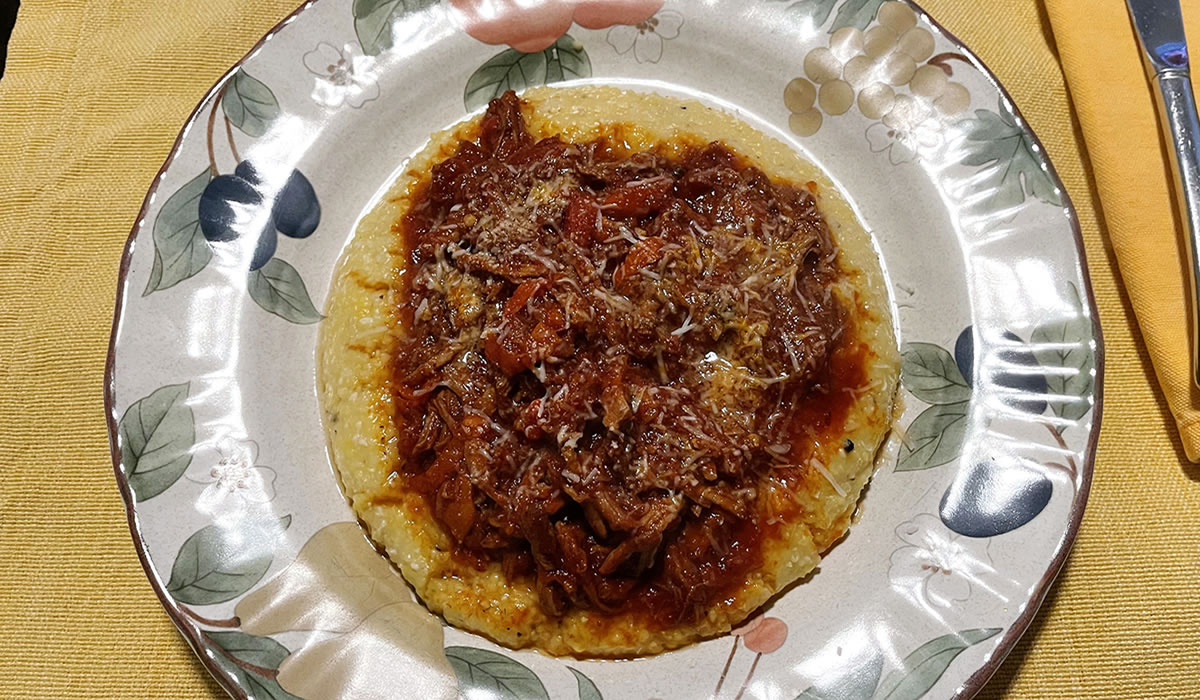Sausage and Peppers and Piadina
April 25, 2024
A New Batch of Sauce
January 10, 2024
Pane Siciliano
January 7, 2024
Perfect Panettone
December 19, 2023
Dinner for Two – Italian Style
November 12, 2023
Ricotta Gnocchi with Pesto and Chicken
September 5, 2023
Pesto Pantesco with Shrimp
August 21, 2023
Mushroom and Langostino Risotto
February 25, 2023
Sardinian Minestrone
January 27, 2023
Panettone and Holiday Weight Gain
December 22, 2022
Braised Beef and Polenta
November 6, 2022


